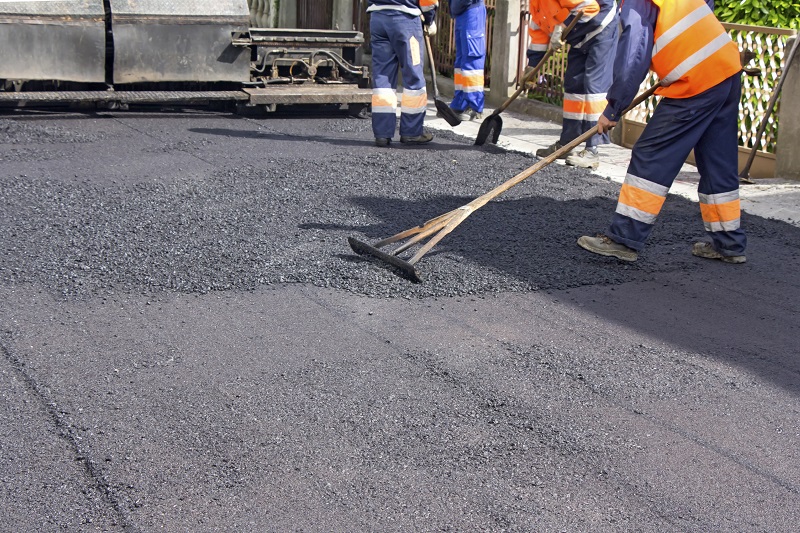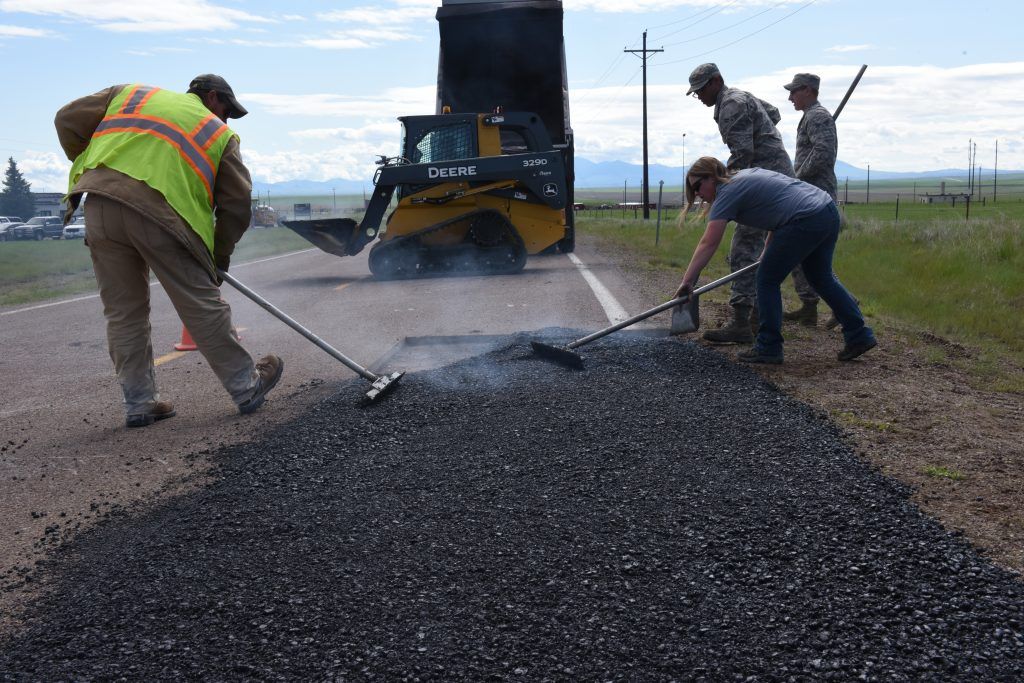Opening the Keys of Warm Mix Asphalt Modern Technology
Exploring the midsts of warm mix asphalt innovation uncovers a globe where precise processes and exact solutions converge to shape our roads and framework. The blend of binders, aggregates, and fillers isn't simply a building job however a critical orchestration of toughness and performance. As we peer right into the elaborate dancing of parts, a tapestry of strength and sustainability unravels. What lies under this surface of asphaltic proficiency, and what tricks wait to be introduced in the world of leading innovations?
Importance of Warm Mix Asphalt
Hot Mix Asphalt plays a crucial role in modern-day framework development due to its longevity and cost-effectiveness. As the most generally used paving material for roadways, highways, and car park whole lots, Hot Mix Asphalt uses a range of advantages that contribute to its significance in construction projects.
The sturdiness of Hot Mix Asphalt originates from its structure, which consists of aggregates, binder, and filler materials that are thoroughly selected and mixed to fulfill details performance demands. This accurate mix causes a flexible and solid pavement that can withstand frequent use without considerable damage. In Addition, Hot Mix Asphalt is 100% recyclable, more enhancing its sustainability and environmental benefits. In general, the significance of Hot Mix Asphalt in infrastructure development can not be understated, as it remains to be a foundation of modern building and construction practices.
Elements of Asphalt Mixes
The composition of asphalt mixes consists of meticulously picked aggregates, binder, and filler materials that are crucial for accomplishing certain efficiency requirements. Aggregates are the key part of asphalt mixes, providing toughness and stability. The binder, usually asphalt or asphalt cement, holds the accumulations with each other and provides versatility and longevity to the mix.
The mix and proportion of these elements play a significant duty in identifying the quality and performance of the asphalt mix. Engineers thoroughly design the mix to fulfill certain demands, considering factors like traffic volume, climate conditions, and sidewalk life expectancy. Proper selection and harmonizing of accumulations, binder, and fillers are important for producing sturdy, durable asphalt pavements.
Combining and Manufacturing Methods

As soon as the aggregates are picked, the binder, often asphalt concrete, is included to bind the products with each other. The binder's quality and quantity substantially affect the mix's stamina, resistance, and versatility to environmental elements. Additionally, fillers like moisturized lime or Portland cement may be integrated to enhance particular attributes of the asphalt mix, such as its workability or visit moisture resistance.
During manufacturing, the accumulations and binder are heated up, commonly in between 250-325 ° F(121-163 ° C ), to help with mixing and make sure appropriate covering of the aggregates. The mixing process should be detailed to Click Here accomplish an uniform mixture that advertises the wanted efficiency qualities of the asphalt. Various strategies, such as batch mixing or drum blending, are used to achieve high-quality and constant asphalt blends for construction tasks.
Elements Affecting Asphalt Performance
Elements affecting asphalt efficiency include a series of variables that affect the durability, long life, and overall quality of asphalt pavements. One vital variable is the quality of products used in the asphalt mix. The type and resource of aggregates, the binder top quality, and the ingredients all play a significant role in figuring out the performance of the asphalt sidewalk. The rank of aggregates is important as it influences the mix's security, workability, and resistance to rutting and splitting.

Ecological conditions likewise affect asphalt performance. Temperature level variants, wetness seepage, and website traffic loads can all impact the architectural integrity of the pavement. Style considerations, such as sidewalk density and drainage, are important in making certain the long-term efficiency of the asphalt sidewalk. By meticulously thinking about these factors, service providers and designers can maximize asphalt performance and improve the life span of sidewalks.
Lasting Practices in Asphalt Technology

WMA enables for the manufacturing and positioning of asphalt mixes at reduced temperature levels contrasted to traditional hot-mix asphalt, resulting in lowered power usage and greenhouse gas exhausts. The usage of porous asphalt mixes can aid reduce stormwater runoff problems by permitting water to infiltrate via the pavement and right into the ground, promoting all-natural water purification and recharge processes.
Conclusion
To conclude, hot mix asphalt modern technology plays a crucial duty in contemporary infrastructure growth due to its sturdiness and cost-effectiveness. By carefully balancing components, utilizing appropriate blending strategies, and taking into consideration various variables, designers can develop top quality asphalt blends that withstand rush hour loads and harsh climate condition. Welcoming lasting techniques, such as making use of warm-mix technologies and recycled products, additionally enhances the environmental kindness of asphalt technology.
Mixing and manufacturing techniques in hot mix asphalt modern technology include the precise combination and handling of aggregates, binder, and fillers to develop a sturdy and high-performance asphalt mix.Factors influencing asphalt efficiency encompass a variety of variables that affect the toughness, durability, and total top quality of asphalt sidewalks. Lasting methods in asphalt modern technology include different efforts aimed at lowering the environmental impact of asphalt manufacturing and paving procedures. By integrating recovered asphalt pavement (RAP) and recycled asphalt shingles (RAS) right into brand-new asphalt blends, the industry can dramatically minimize the consumption of raw products and power, while additionally decreasing garbage dump waste.
WMA allows for the production and positioning of asphalt blends at lower temperatures contrasted to standard hot-mix asphalt, resulting in lowered power usage and greenhouse gas discharges.